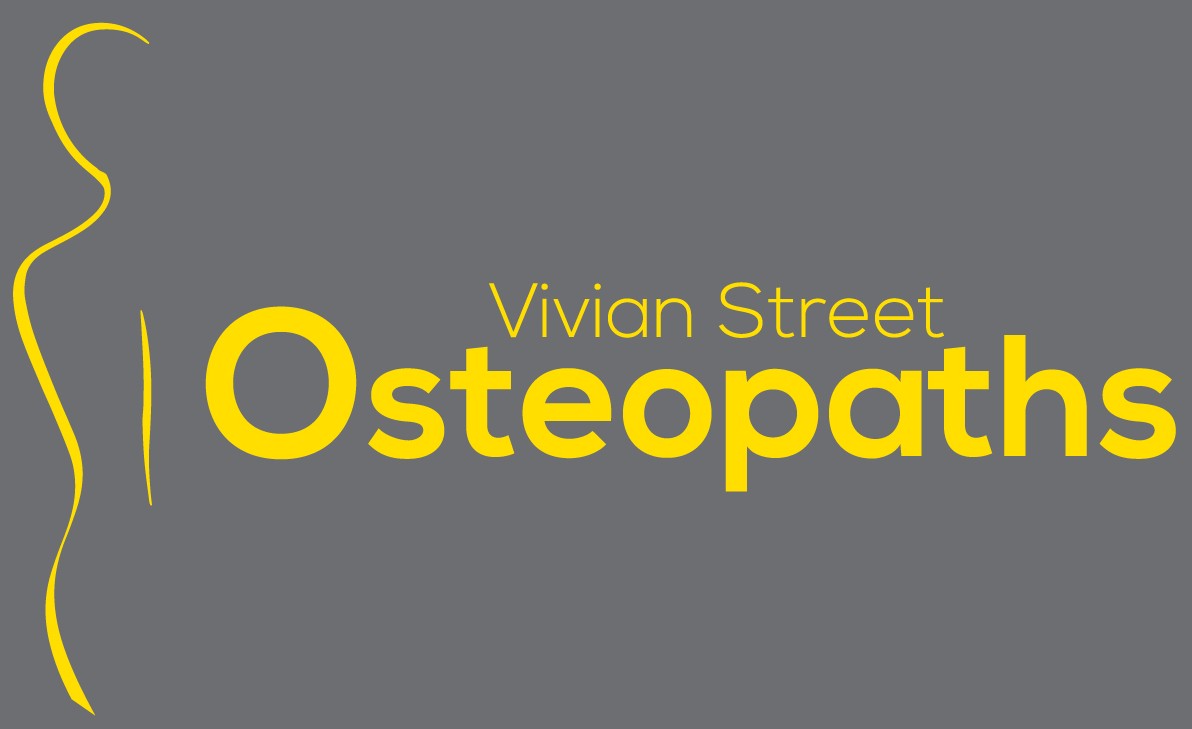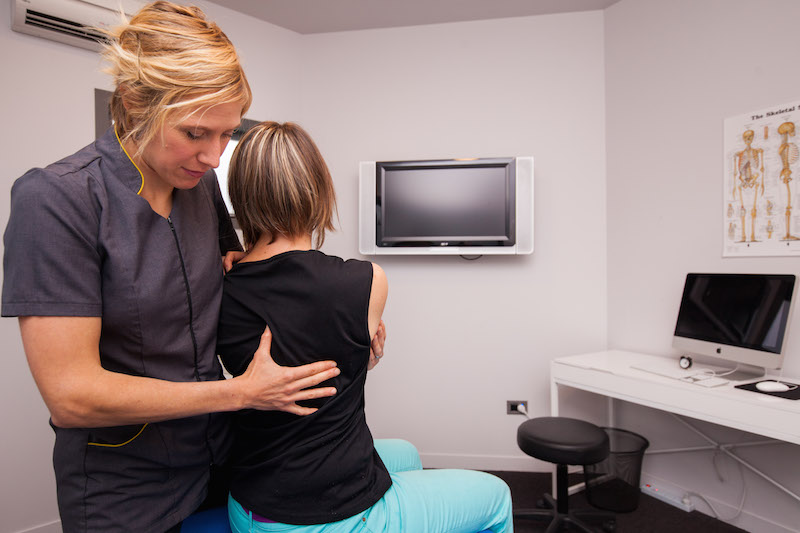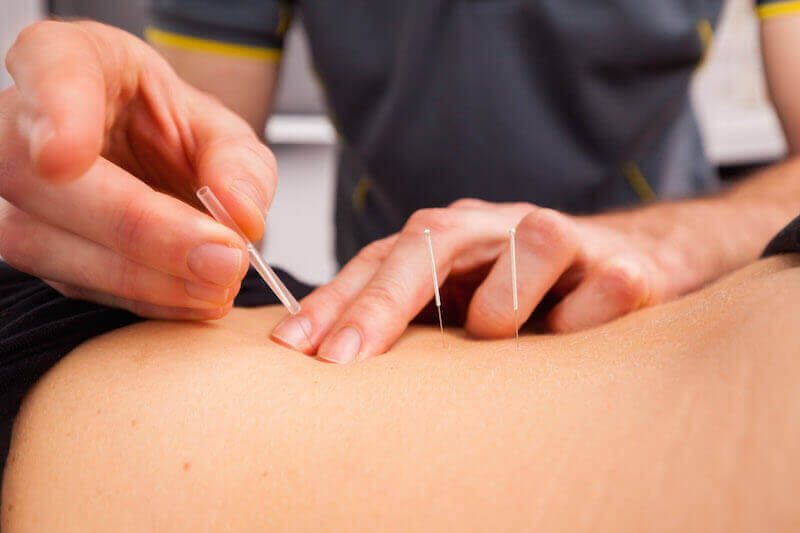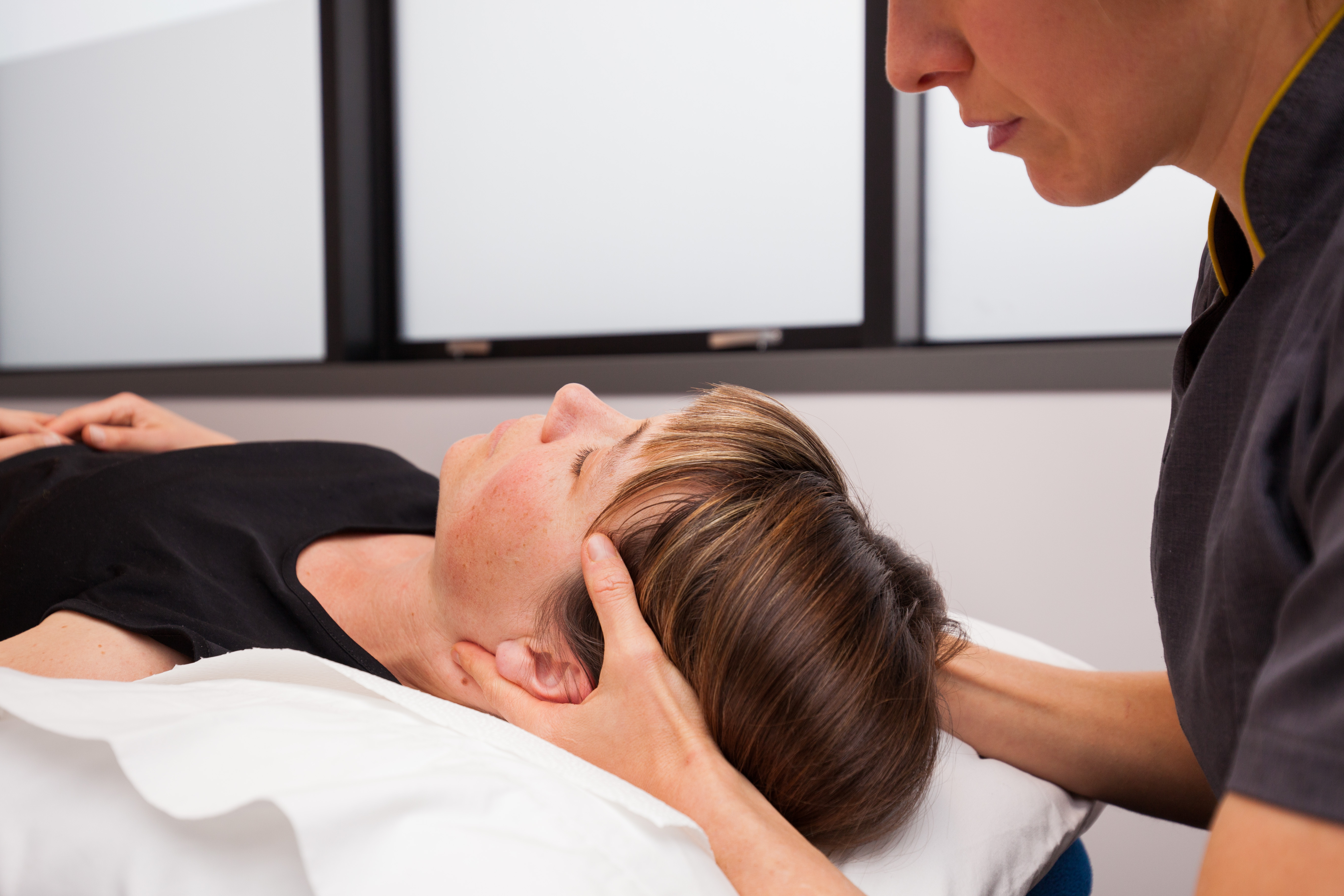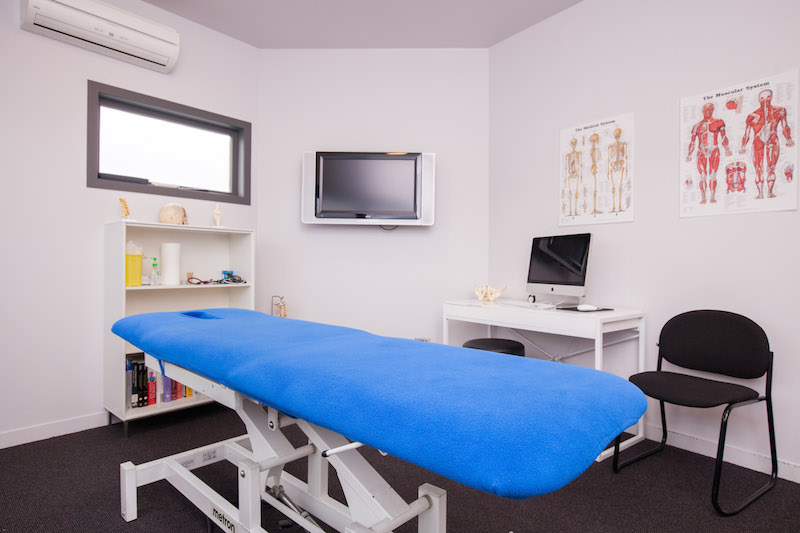What to expect from our osteopaths during one of our treatments
Our osteopaths will ask specific information about the problem that you are seeking treatment for as well as background medical information about your current health and events that have occurred in your past. Any current relevant x-rays and/or prescriptions you may have had will be helpful.
You will be required if possible to perform a few simple movements while the practitioner makes observations of your posture and mobility. The practitioner will also use gentle palpation of muscles, ligaments and joints to help locate tenderness and dysfunction.
After the examination the practitioner will be able to provide you with an explanation of what is causing your pain before proceeding with treatment. Treatment will consist of a combination of massage, mobilisation, stretching and manipulation techniques as well as acupuncture. The choice of techniques used are down to your discretion, if you are not happy to receive any particular type of technique that is your right, it is your body.
After treatment the practitioner will give you a guide on activities to avoid as well as exercises and posture advice to enhance your chances of a speedy recovery. Some conditions may only take one treatment, on average most conditions will take around three to six treatments. Some other conditions may require more.
If you are receiving acupuncture
The needles that are used are single use, sterilised needles that are immediately disposed of after treatment.
Depending on your type of injury needles may either be inserted local to the area of pain, in an area distant from the pain, or a combination of the two.
The insertion of the needles should be painless, however there can be a slight dull ache around the area of the needle. This is a sign that the treatment is working.
Osteopathy
is a highly developed way of detecting, treating and preventing health problems by moving, stretching and massaging a person’s muscles and joints.
Areas of pain within the body are considered by an osteopath as areas where normal physiology of the tissues and joints have become dysfunctional.
An osteopaths aim is to restore normal function to muscles and joints so that the inherent healing capacity of the body can be reestablished.
Most people who see an osteopath do so for help with back pain, neck pain, headaches, shoulder pain and injuries to muscles and joints. These conditions may involve resolving acute pain episodes from an injury, or reducing and assisting in the management of aches and pains from more chronic conditions such as osteoarthritis.
Acupuncture
is a form of complimentary medicine used to treat pain that involves the insertion of fine needles into the skin.
Traditionally acupuncture is based on the Traditional Chinese Medicine (TCM) theory involving channels (meridians) of energy (chi) in the body. Modern western acupuncture adapts the use of needles guiding their application by current western understanding of anatomy, physiology, pathology and evidence based medicine.
Acupuncture is a great alternative for those who would prefer to avoid the side effects of pain relief medications, or for whom spinal manipulation is not suitable.
Andrew currently holds registration for Western Medical Acupuncture under the Osteopathic Council of New Zealand to perform acupuncture with osteopathic techniques.
Cranial Osteopathy
This is a very safe and gentle form of treatment. The particular techniques used by a cranial osteopath are used to assist, or unblock, the normal natural rhythms of the body. The techniques often are static holding positions creating balance points that are so gentle that it can be difficult to observe any movement at all. However it works, and is the preferred method of treating mothers during pregnancy, newborns and babies.
Cranial osteopathy can also be useful for patients with complex pain disorders and sensitisation states. Patients suffering from fibromyalgia for example, often prefer cranial osteopathy rather than receiving strong mobilisation or manipulation techniques.
Massage
This is a very safe and gentle form of treatment. The particular techniques used by a cranial osteopath are used to assist, or unblock, the normal natural rhythms of the body. The techniques often are static holding positions creating balance points that are so gentle that it can be difficult to observe any movement at all. However it works, and is the preferred method of treating mothers during pregnancy, newborns and babies.
Cranial osteopathy can also be useful for patients with complex pain disorders and sensitisation states. Patients suffering from fibromyalgia for example, often prefer cranial osteopathy rather than receiving strong mobilisation or manipulation techniques.
